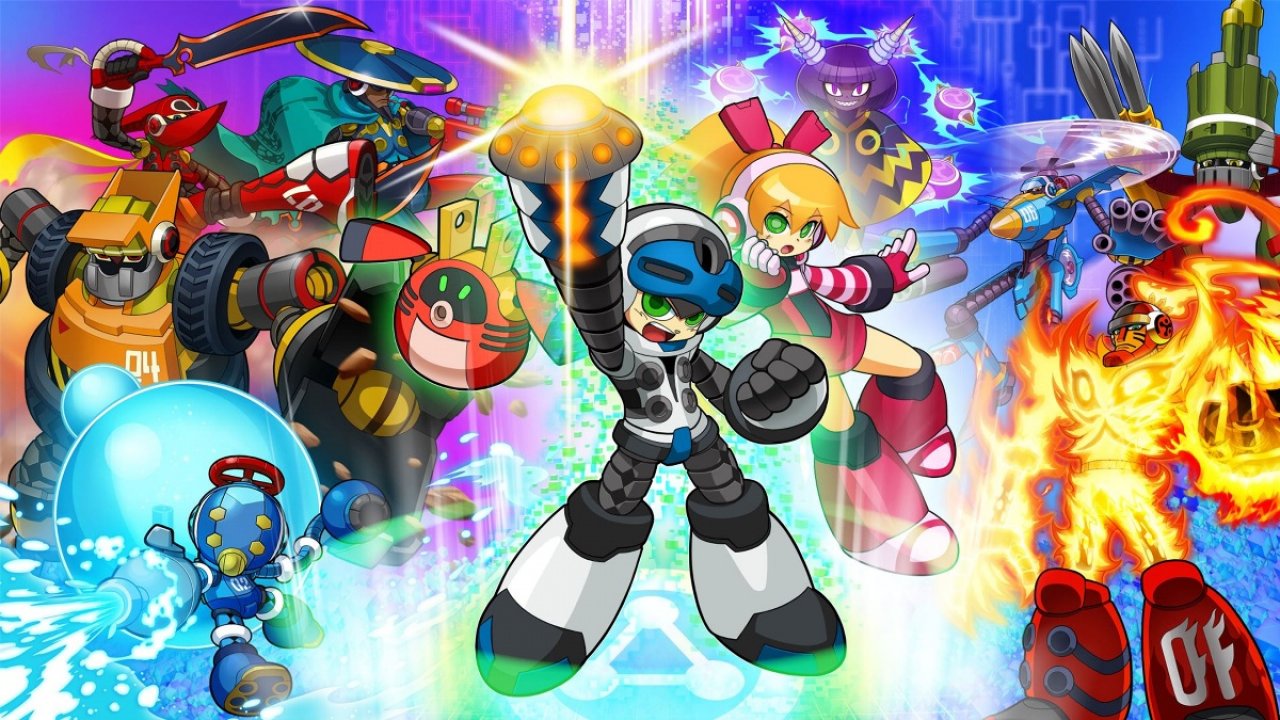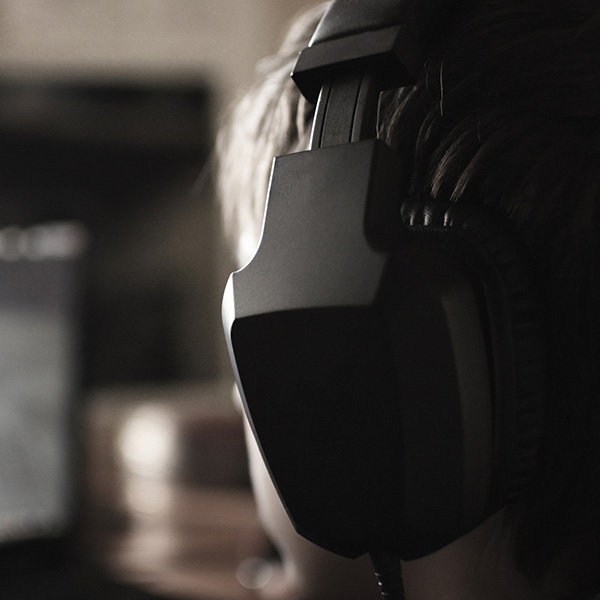Mighty No. 9. A few years ago, just hearing the name would make Mega Man fanboys squeal with delight.
Now it only reminds them of a failed attempt at reviving their beloved series. Perhaps the disappointment with Mighty No. 9 stems from high expectations held by 67,225 Kickstarter backers. You can’t blame them, but outright saying Mighty No. 9 is a horrible game may be an exaggeration. However, while I think the reviews for the game are harsh, the overall goal to create a spiritual successor to Mega Man failed.
Insert Anime Fan During Prom Night Joke Here
All the pieces were there to create the perfect game. Ken Inafune, the father of Mega Man himself, led the project with his new team, Concept, a top notch group of Japanese game developers. The game planned to run on Unreal Engine, one of the best graphics engines available. Comcept even allowed backers to send in feedback and ideas regarding characters and gameplay. To top it all off, Mighty No. 9 raised four million dollars on Kickstarter. Four million dollars. Surely with that much money, a studio with renowned developers could piece together a fantastic game.
As Inafune announced delay after delay after delay, fans began to wonder if something terrible happened to Mighty No. 9’s production. Finally, Comcept decided to show the release trailer for their anticipated game. To be bluntly honest, it was horrible. Not only did the graphics look terrible (exploding pizza, emotionless characters, lazy level design), the trailer sounded like a marketing team from the 90’s got their hands on it. (It’s amazing how far four million dollars goes.) Even Inafune was upset with how the trailer turned out and tried to convince gamers that his game was nothing like the trailer. Unfortunately, it was too late; Mighty no. 9 fate was sealed.
The game’s reviews show just how much the broken promises hurt the fans. It’s hard to blame them. Imagine your favorite developer promising to revive your favorite video game franchise and asking for your help to make the dream come true. You gratefully donate to the cause, believing in the developer’s ability to produce a quality game. After a long development process filled with delays, you finally receive a copy of the extremely hyped game, only to play a lackluster game. I’d be furious as many Mega Man fans were with Mighty No. 9.
However, if Mighty No. 9 had released without the baggage attached, the reception would have been different. Take the name Kenji Inafune out and remove the Mega Man reimagining tag, and boom, you’re left with a semi-decent platformer. It may remind some of Mega Man, but no one would call it a successor. I can’t say if it would’ve sold differently, but I think gamers would have reviewed it a little better.
Kickstarter Done Wrong

Mighty No. 9 is credited as being the first “successful” Kickstarter based in Japan, raising four million dollars and far surpassing its end goal. While fans gave the funding Comcept asked for, Comcept failed to deliver in terms of quality, rewards, and decency. In previously shown content of the development process, the gameplay, and graphics of the game looked far better than the final product. It looked like a Mega Man game with updated graphics and new characters. Not only that but some of the rewards for donating were awesome! By far the biggest reward was getting a physical copy of the game before everyone else. Well, Comcept let fans down on both accounts. Backers didn’t receive copies until after Mighty No. 9 launched, and like I said before, the final product’s graphics look nothing like early development, in a bad way.
In reality, Mighty No. 9’s Kickstarter campaign failed. Sure, they collected a lot of money (did I mention the four million dollars raised?), the end of goal of creating an amazing successor to Mega Man was not reached. The only thing Comcept succeeded at was teaching other companies how to make an easy four million dollars. In fact, they could take that game development documentary they filmed and called it “How to Fund a Video Game with Kickstarter: The Wrong Way”. Sounds about right.
Indie developers have found ways to make their Kickstarter campaign work without horribly disappointing their backers. An example of this would be the Shovel Knight campaign. Yacht Club Games’ first video game shattered gamers’ expectations by creating a 2D side-scrolling, 8-bit platformer for the modern age. The game, Shovel Knight, effectively borrows ideas and concepts from famous 2D platformers like Mega Man and applies them in a way that feels fresh but also familiar. In some aspects, Shovel Knight is a better Mega Man game than Mighty No. 9. But the biggest reasons the Shovel Knight campaign is considered a success are that Yacht Club Games’ active work on finishing all stretch goals continues today, every backer received their proper reward at the same time, and the end product turned out to be a great game. These areas are the same things that Mighty No. 9 struggled with.
Conclusion
The consensus among players seems to be that Mighty No. 9 is a terrible game, full of broken promises. Some might even say Inafune was only in it to scam the Mega Man fanbase; an idea which I think to be a little extreme. In a pre-release live stream, Inafune commented on the negative reception of his game, “I own all the problems that came with this game and if you want to hurl insults at me, it’s totally my fault. I’m the key creator. I will own that responsibility.” Sounds like a man who cares about the feedback and is disappointed in himself for the quality of the game.
Even with all the things wrong with Kickstarter, Mighty No. 9 isn’t that bad of a game. However, it does deserve a lot of the flack because of Inafune’s failure to produce an actual rebirth of Mega Man. Mighty No. 9 is not terrible; it’s a mighty disappointment... I’ll show myself out now.


